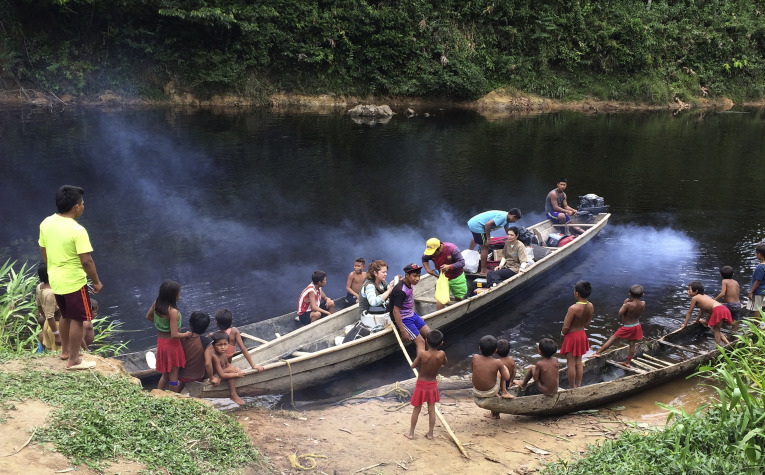
In a recent story published in Cell this week, I walk through my own life and career, to deliver the message that humans are changing their own microbial communities as well as those in animals and in the environment, and that health research needs a substantial dose of an evolutionary, ecological and anthropological perspective to understand the etiology of modern diseases. After all, humans have coevolved with bacteria, and modern lifestyles are impacting not only the human microbiome itself, but also the environmental microbes we need to be exposed to in childhood, to be healthy the rest of our lives. This attains the microbes of the built environment.
Consistent with their long evolutionary history and with their omnipresence in our planet, the study of microbes and their functions deserves to be approached from many angles, by multidisciplinary teams, to get some light out of the intrincate complexity of the habitats microbes colonize.
————–
Maria Gloria Dominguez-Bello
